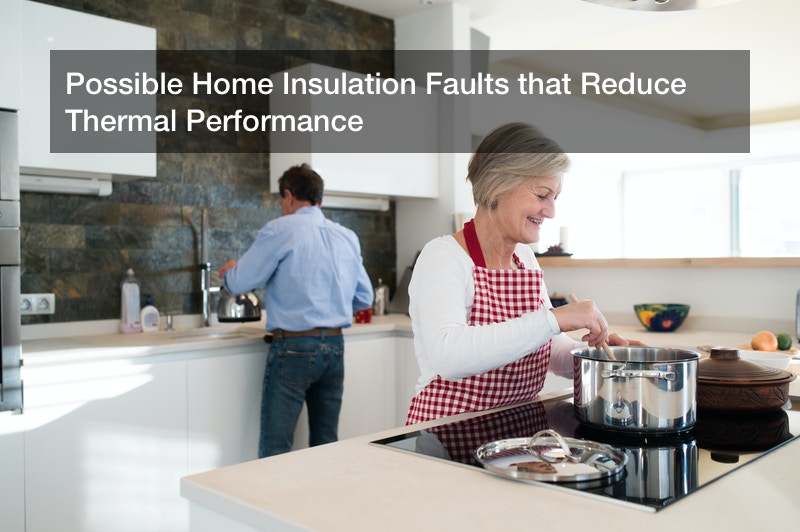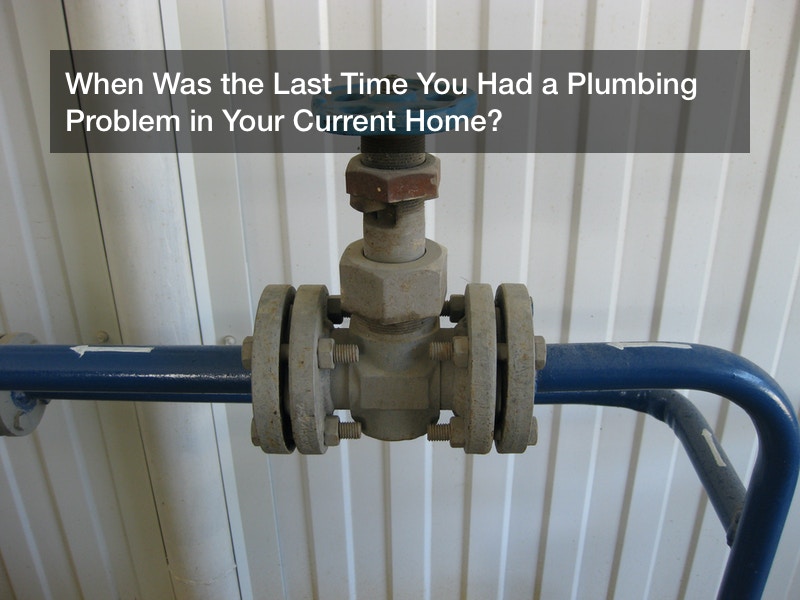
Is your building showing signs of dampness? Does your home get cold even with enough heating in winter? Is the thermal performance of your wall insulation deteriorating? If so, then your home insulation envelope may be failing because of various reasons. This post reveals some of the common challenges that lead to home insulation failure and the potential remedies for the problems.
Why is Home Insulation Important?
Insulation cladding minimizes the heat loss in cold weather and too much heat gain in hot seasons such as summer. Your home’s insulation reduces energy consumption and carbon emissions while; improving your insulation’s thermal performance. Perfect home insulation can cut your home’s cooling and heating costs by approximately 40%.
But if your home is not getting such heat protection efficiency, then look for signs of insulation failure, which are indicative of insulation defects. The symptoms of insulation failure include damp, wall condensation, damaged brickwork, mold, and marked increases in heat or cold.
Here are possible causes of insulation failures:
Wind-Driven Rain
Is your house located in a place where it gets rain and wind? Is one side of your building more exposed to the vagaries of the weather? Buildings on cliffs or hill-sides are a bit different from close-knit buildings on the street. The latter is more exposed to wind-driven rain that falls on their walls.
If your building is unsheltered by trees or other structures, then it’s also likely to get more exposure to wind-driven rain. The wind-driven rain can wet your walls, lintel, and siding. Some of the rainwater may seep into your walls and compromise your home’s protection by finding its way through cracks and fissures.
Degradation and Damage of the Layers of Insulation Materials
The physical state of insulating materials could change due to exposure to excessive moisture or UV rays. The insulation material may also get damaged because of wet rot, dry rot, and mold. Such damage may be a result of inadequate ventilation or exposure to moisture. Such problems reduce the efficiency of the insulating material, and you can correct the problem by changing the insulation material.
Roof Extension and Construction Problems
The failure to extend the roof-line beyond the walls brings your gutters too close to the walls. This problem exposes your wall to water that overflows or splutters from your gutter system and parts of your roof’s underside. Such water can cause damp and damage the heat protection material, and thus causing heat loss. It’s advisable to use big gutters, extended roof overhangs, window seals, and ideal splash protection.
Poor Workmanship by Insulation Contractors
The lack of skills, time, and enough funds can elicit the use of short-cuts, construction errors, and low-quality work, which increases exposure to moisture. This problem may lead to open crack and crevices in the rendering or brickwork. Such openings can let in moisture that reaches the walls and thus compromising the insulation’s integrity.
Uneven Insulation
If the insulation material used to clad your insulating layer is not applied in an even manner that fills the whole cavity, then protection fails to be uniform. This problem causes cold patches on the inner walls, which reduce the thermal efficiency of the cladding.
Installing Protection on Defective Buildings
Does your building show signs of dampness? As a rule of thumb, you shouldn’t install insulation on wet or damp walls. You should let structures that show signs of damp or wetness to dry before they get clad. Applying insulation systems during a rainy season may also cause problems because of the possible poor delivery, storage, and handling of materials, which may cause protection material damage.
Leaking Roofs
Is your roof leaking? Is your damp-proof layer not well installed? If so, these problems are likely to let in some moisture, which will compromise your insulation’s thermal efficiency.
Insulation is vital in keeping your home warm during cold seasons or cool during the hot seasons. But without proper installation and due care, your insulation’s thermal efficiency may decline. As such, you may have to spend more on your HVAC and heating systems. You should thus check your building for the cited faults and take proper remedial steps.


